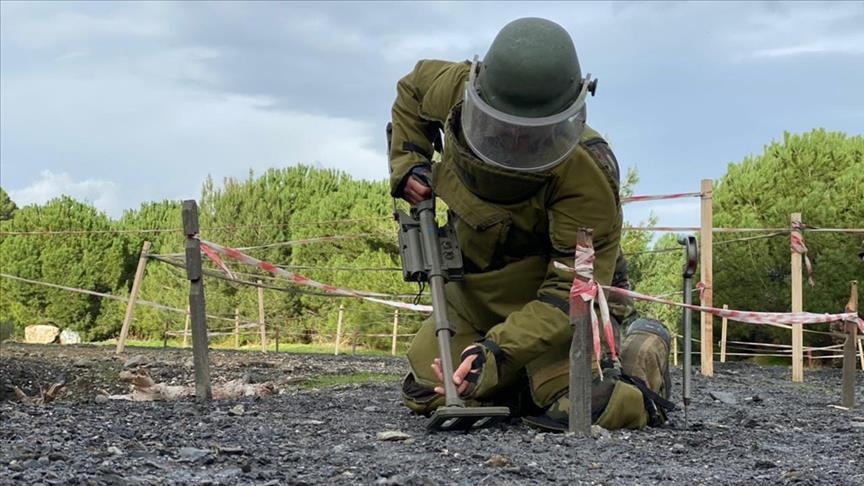Mine action is a critical humanitarian effort aimed at reducing the dangers posed by landmines, unexploded ordnance (UXO), and other explosive remnants of war (ERW). These hazards threaten lives, hinder socio-economic development, and obstruct post-conflict recovery efforts EOD. By addressing these threats, mine action helps create safer environments for communities, enabling them to rebuild and thrive.
Components of Mine Action
Mine action encompasses five key pillars:
- Mine Clearance: The physical removal and destruction of landmines and UXO from affected areas. This includes manual demining, mechanical clearance using specialized equipment, and the use of mine detection dogs.
- Risk Education: Awareness programs that educate local populations about the dangers of mines and UXO. These initiatives help reduce accidents by teaching individuals how to recognize and avoid hazardous areas.
- Victim Assistance: Support for individuals affected by landmine explosions, including medical treatment, rehabilitation, psychological support, and social reintegration.
- Stockpile Destruction: The systematic disposal of stored landmines to prevent their future use. Many nations have signed international treaties committing to the destruction of their landmine stockpiles.
- Advocacy and Policy Development: Efforts to promote international treaties and legal frameworks, such as the 1997 Mine Ban Treaty (Ottawa Treaty) and the Convention on Cluster Munitions, which seek to ban the production, use, and transfer of landmines and cluster munitions.
The Humanitarian and Developmental Impact
The presence of landmines and UXO not only causes direct casualties but also limits access to essential resources such as farmland, water sources, and infrastructure. By clearing contaminated areas, mine action facilitates:
- Safe resettlement of displaced populations
- Agricultural revival, leading to improved food security
- Infrastructure development, including roads, schools, and healthcare facilities
- Economic opportunities, enabling trade, tourism, and industry growth
Challenges in Mine Action
Despite its importance, mine action faces numerous challenges:
- Difficult terrain and access: Mines are often located in remote or conflict-ridden regions, making clearance efforts dangerous and logistically complex.
- Lack of funding: Demining operations require substantial financial resources, yet funding remains inconsistent.
- Technological limitations: While advancements have been made, mine detection and clearance technologies still require improvements in efficiency and safety.
- Ongoing conflicts: Continued hostilities can lead to new contamination, reversing progress in mine clearance.
The Role of International Cooperation
International organizations, governments, and NGOs play a vital role in mine action. Entities like the United Nations Mine Action Service (UNMAS), the International Campaign to Ban Landmines (ICBL), and the Geneva International Centre for Humanitarian Demining (GICHD) provide expertise, funding, and advocacy to support affected nations.
